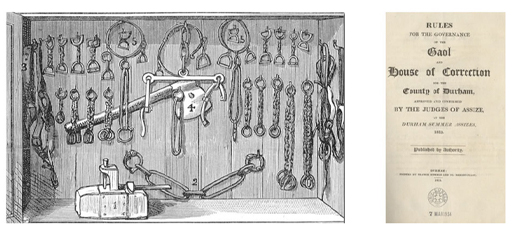7 Reflection
For this session, there is an opportunity for reflection. Like the quiz, it is designed to help you check on your progress. Reflection is an important way of reviewing and consolidating your learning. At the end of each session in this course, try to use the scheme laid out in the following activity. It might feel artificial at first, but if you keep it up it will likely become second nature to you.

Activity 6 Reflection
Ask yourself the following three questions:
- What happened?
- So what?
- What next?
You might find it useful to write two or three sentences in response to each question. Before you write the sentences, read the notes below about these questions.
What happened?
Reflection can start with a summary of what happened and what you felt. Was the content useful or interesting?
So what?
What is the value of the knowledge you have just acquired? Did you learn or improve a skill? Connect the material to the core concepts of the course. In Session 1 there was an introduction to the idea of reading critically, looking for the gap, what writers did not say as well as how they presented their ideas. Was this an important idea to understand? Have you noticed whether your understanding of the concepts, practices, themes and issues of prison history have changed since you started the course?
What next?
To ensure that you do not just learn the content of the course, but also consider how you might use the content in the future, think of skills that you might have gained. You might find that there are some skills which can be applied beyond the course. For example, you might want to apply the material on timetabling in another context. To what extent have Sessions 1 and 2 addressed your needs? Reflecting on the content, you might also ask what questions you want to answer in the coming sessions.
